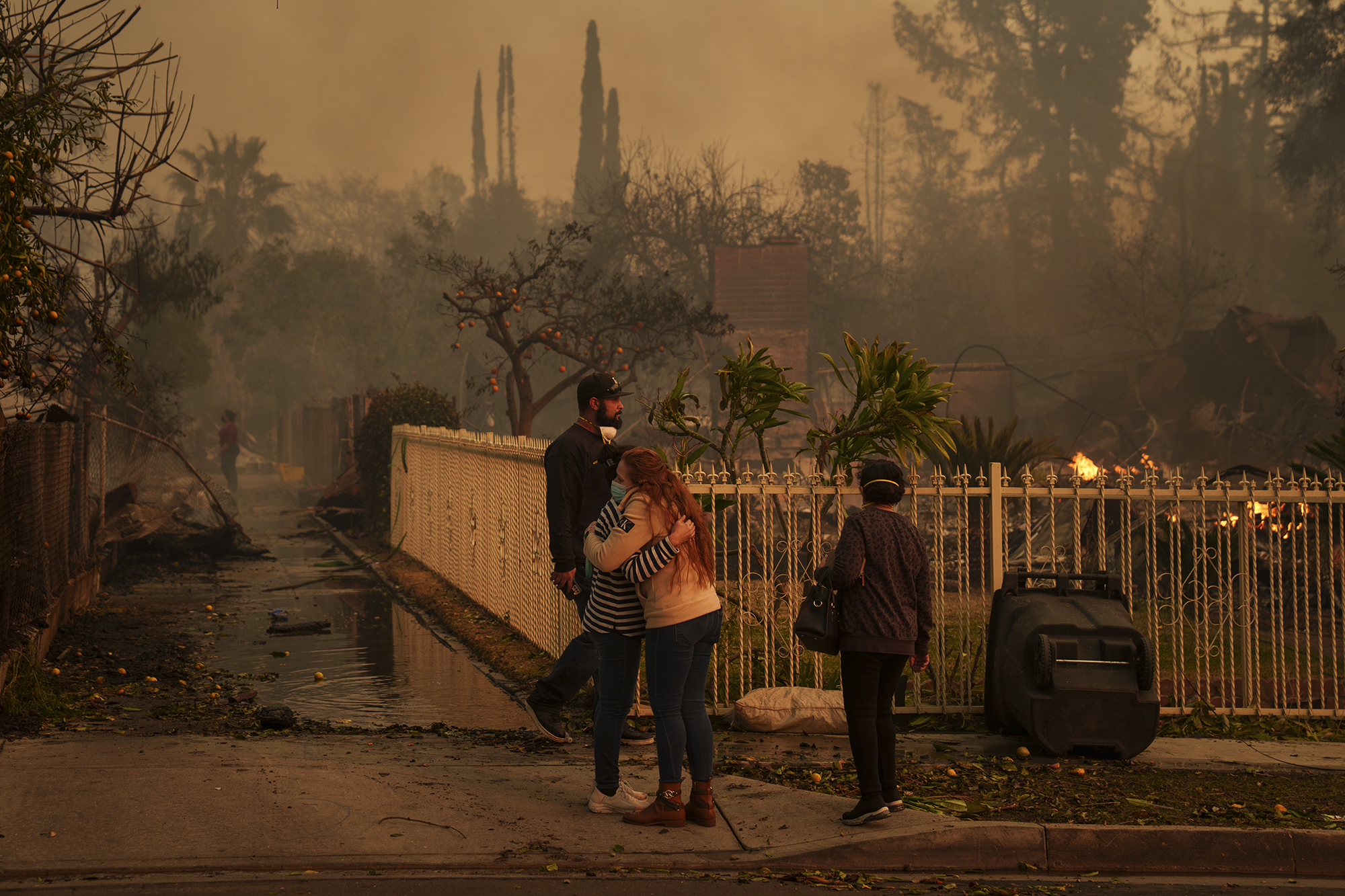Apocalyptic Wildfires and Floods: California's Climate Emergency Reaches Breaking Point

As the embers of devastating wildfires smoldered and a contentious new political landscape emerged, California found itself at a critical crossroads in 2025. The state, long recognized as a climate action pioneer, was now facing an unprecedented challenge that would test its resolve and commitment to environmental transformation.
The early months of the year painted a stark picture of climate vulnerability. Massive wildfires ravaged Los Angeles and surrounding regions, leaving communities traumatized and infrastructure in ruins. These destructive blazes were not just isolated incidents, but stark warnings of the escalating climate crisis that had been predicted by scientists for decades.
Simultaneously, the shift in presidential administration brought additional complexity to California's environmental strategy. With federal climate policies becoming increasingly uncertain, the state realized it could no longer wait for national leadership. This was California's moment to step forward, to demonstrate that meaningful climate action could be driven at the state level.
Governor and state legislators began crafting ambitious new policies, recognizing that their response would not only protect California's residents but could potentially serve as a blueprint for other states facing similar environmental challenges. The urgency was palpable – this was more than a policy debate, it was a fight for survival in an increasingly unpredictable climate landscape.
California's bold stance represented more than just regional resilience; it was a powerful statement of hope and determination in the face of global environmental uncertainty.

